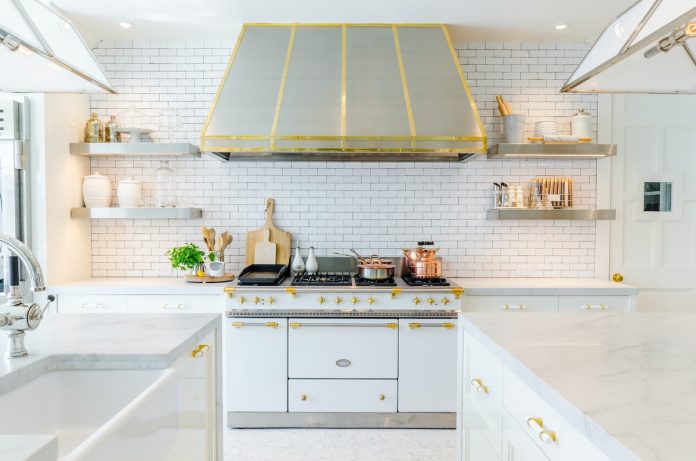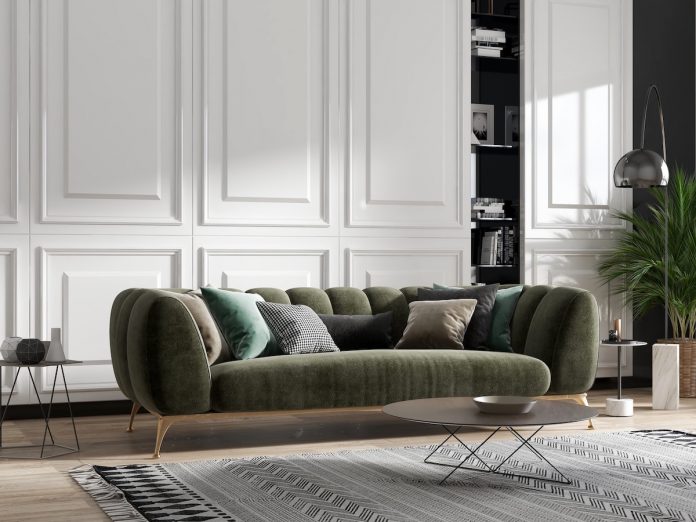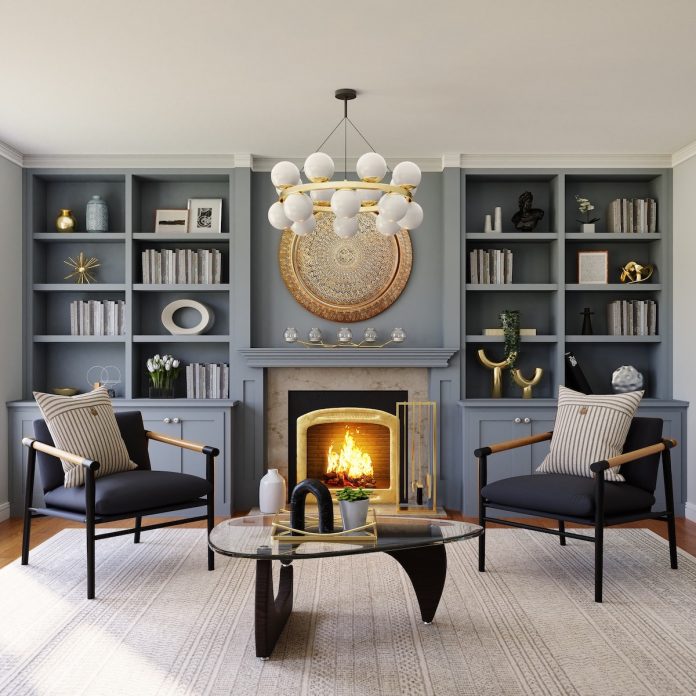Preserving Elegance: Heritage Listed Home Interior Design
In a world where modernity often takes precedence, heritage listed homes stand as timeless monuments to our rich history and architectural heritage. These homes, often adorned with intricate details and steeped in historical significance, present a unique challenge and opportunity when it comes to interior design. Balancing the preservation of the past with the demands of contemporary living requires a thoughtful approach that harmoniously merges tradition with modernity while preserving elegance.
Preserving the Essence
The first and foremost consideration when embarking on the interior design of a heritage listed home is to preserve its essence. These homes carry stories within their walls, and every crack and crevice tells a tale of a bygone era. Retaining original features, such as ornate cornices, stained glass windows, or antique fireplaces, not only pays homage to the home’s history but also adds a distinctive charm to the interior.
It’s crucial to approach renovations with a delicate touch, ensuring that any alterations are in line with the home’s architectural integrity. Engaging with conservation experts and understanding the guidelines set by heritage authorities can provide valuable insights into preserving the authenticity of the space.

Synergy of Styles
While preserving historical features is paramount, successfully blending them with contemporary elements is the key to creating a cohesive and comfortable living space. The synergy of styles allows for the seamless integration of modern amenities without compromising the character of the home.
Consider juxtaposing period furniture with contemporary pieces, creating a visual dialogue between the old and the new. This approach not only revitalises the space but also encourages a dynamic and eclectic aesthetic that pays homage to the home’s heritage while embracing the present.
Color Palette and Textures
Selecting an appropriate colour palette is integral to achieving a balanced and harmonious interior in a heritage-listed home. Traditional colours such as deep greens, rich burgundies, and classic neutrals often resonate well with the historical context of these homes. However, this doesn’t mean shying away from experimenting with muted versions of more vibrant tones.
Textures play a pivotal role in adding depth and visual interest to the interior. Incorporating plush fabrics, such as velvet or damask, can enhance the tactile experience and lend an air of opulence. Additionally, integrating natural materials like wood and stone not only complements the heritage aesthetic but also fosters a connection with the surrounding environment.

Adaptability for Modern Living
While honouring the past, it’s essential to acknowledge the practicalities of contemporary living. Heritage-listed homes often come with spatial constraints and layout peculiarities that may not align with the open-plan preferences of today. Ingenious design solutions can help adapt these spaces to suit modern lifestyles without compromising their historical integrity.
Consider repurposing underutilised spaces, such as attics or basements, into functional areas like home offices, entertainment rooms, or guest suites. Clever storage solutions and built-in furniture can maximise space efficiency without intruding upon the original architectural features.
Lighting Design
Effective lighting design is a cornerstone of heritage-listed home interiors. Thoughtful placement of lighting fixtures can highlight architectural details, evoke a sense of warmth, and create focal points within a room. Chandeliers, wall sconces, and table lamps in styles that complement the home’s era can serve both functional and aesthetic purposes.
Natural light, too, plays a crucial role. Consider preserving or restoring original windows to allow ample daylight into the space. Alternatively, if privacy or energy efficiency is a concern, modern window treatments can be discreetly integrated without detracting from the overall design.
Personalization and Individuality
Finally, the process of interior design in a heritage-listed home should be a journey of personalization and self-expression. Infuse the space with your unique personality while remaining respectful to its historical significance. Incorporate family heirlooms, vintage finds, or commissioned artworks to create a home that tells a story not just of the past but also of the present and future.
Conclusion
Designing the interior of a heritage home is a delicate dance between preserving elegance of the past and embracing the present. It requires a keen understanding of architectural history, an appreciation for craftsmanship, and a vision for harmonising tradition with modernity. As custodians of these living relics, we have the privilege and responsibility to ensure that these homes continue to stand as testaments to our cultural heritage, each interior design choice contributing to the ongoing narrative of their storied existence.






